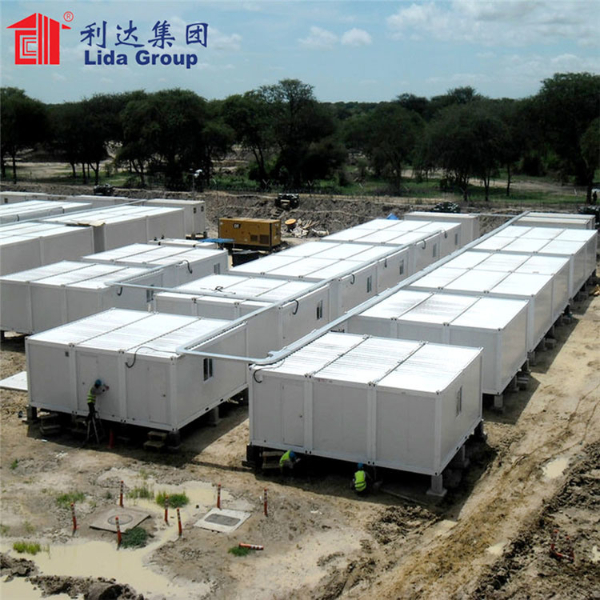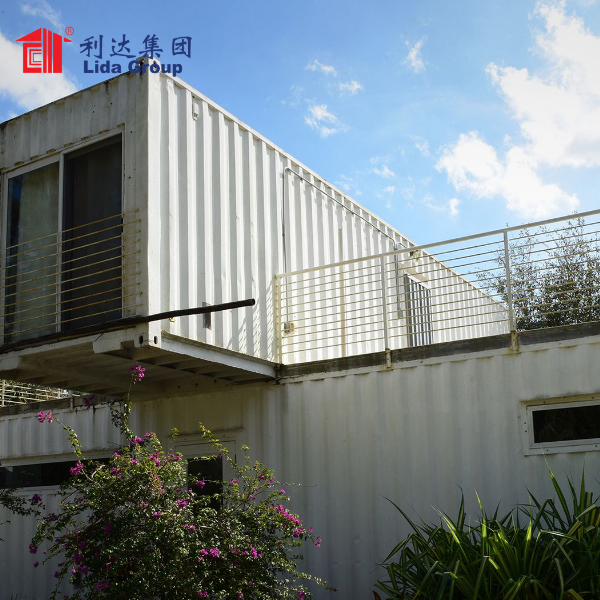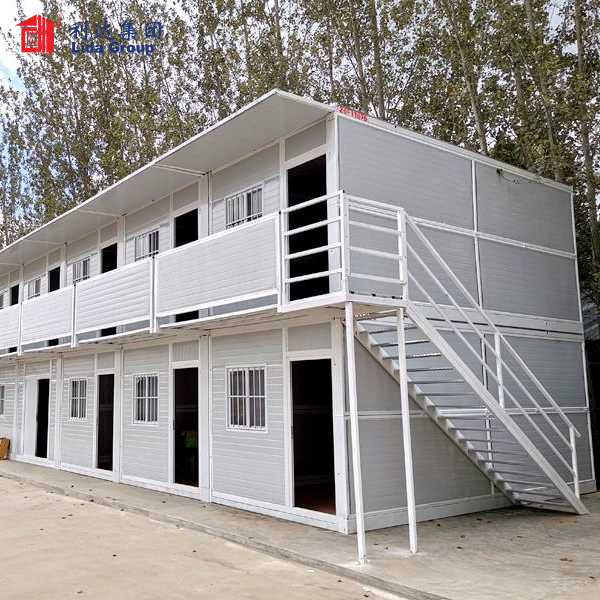Introduction:
In the face of growing environmental concerns and the need for sustainable housing solutions, Lida Group has emerged as a leader in the field with its container house projects. These innovative projects represent a revolution in the way we approach housing, offering a sustainable, cost-effective, and versatile alternative to traditional construction methods. In this article, we will explore how Lida Group’s container house projects are driving a sustainable housing revolution and reshaping the future of the construction industry.
- The Need for Sustainable Housing:
1.1 Environmental Impact of Traditional Construction:
Traditional construction methods have long been associated with significant environmental impact. From the depletion of natural resources to high energy consumption, waste generation, and carbon emissions, the construction sector has contributed to global environmental challenges.
1.2 Shifting Towards Sustainable Solutions:
With the increasing urgency to address climate change and promote sustainable development, there is a growing need for housing solutions that minimize environmental impact, conserve resources, and prioritize energy efficiency.
- Introducing Lida Group’s Container House Projects:
2.1 Repurposing Shipping Containers:
Lida Group’s container house projects involve the repurposing of shipping containers into functional living spaces. These containers, originally built for transporting goods, provide a sturdy and readily available foundation for constructing sustainable homes.
2.2 Advantages of Container House Projects:
2.2.1 Resource Efficiency: By repurposing shipping containers, Lida Group’s projects reduce the consumption of new building materials and minimize waste generation associated with traditional construction. This resource efficiency contributes to a more sustainable and circular economy.
2.2.2 Reduced Carbon Footprint: Container house projects have a significantly lower carbon footprint compared to conventional construction methods. The repurposing of shipping containers eliminates the need for new construction materials and reduces the energy-intensive manufacturing processes associated with traditional building materials.
2.2.3 Rapid Construction: Container house projects offer faster construction timelines compared to traditional methods. The use of prefabricated containers allows for streamlined processes, reducing labor and construction time. This speed of construction is particularly beneficial in emergency housing situations or areas with urgent housing demands.
2.2.4 Versatility and Adaptability: Container house projects can be customized to meet various housing needs and design preferences. Containers can be stacked or combined to create multi-story structures or expanded horizontally for more living space. This versatility allows for adaptable housing solutions that can evolve with changing needs.
2.2.5 Mobility and Reusability: Shipping containers are inherently mobile, making container house projects suitable for temporary or relocatable housing solutions. Additionally, the modular nature of containers enables easy disassembly and reassembly, facilitating their reuse in different locations.
- Sustainable Features and Design:
3.1 Energy Efficiency: Lida Group’s container house projects can be designed to incorporate energy-efficient features such as insulation, solar panels, and smart home technologies. These energy-saving measures reduce dependency on conventional energy sources and lower overall energy consumption.
3.2 Water Conservation: Container house projects can be equipped with water-saving fixtures, rainwater harvesting systems, and water treatment technologies to minimize water usage and promote sustainable water management.
3.3 Green Roofing and Vertical Gardens: To enhance the sustainability and aesthetics of container house projects, green roofing systems and vertical gardens can be integrated. These features provide insulation, reduce stormwater runoff, improve air quality, and create green spaces.
3.4 Sustainable Materials and Finishes: Lida Group’s container house projects prioritize the use of sustainable and eco-friendly building materials. From low VOC paints and recycled insulation to bamboo flooring and reclaimed wood, these projects showcase a range of environmentally conscious material choices.
- Realizing the Potential:
4.1 Affordable Housing: Container house projects offer an affordable housing solution, particularly in areas with limited resources or high housing costs. The cost-effective nature of repurposed shipping containers, coupled with streamlined construction processes, makes these projects accessible to a wider range of individuals and communities.
4.2 Community Development: Container house projects have the potential to support community development initiatives by providing sustainable housing solutions in underserved areas. Whether used for affordable housing, disaster relief, or social housing programs, these projects can contribute to improved living conditions and social well-being.
4.3 Sustainable Tourism: Container house projects have gained popularity in the tourism industry as unique and environmentally friendly accommodation options. From eco-resorts to mobile glamping sites, container-based structures offer an immersive and sustainable experience for travelers seeking responsible tourism options.
- Future Outlook and Conclusion:
Lida Group’s container house projects represent a sustainable housing revolution that challenges the norms of traditional construction. With their resource efficiency, reduced carbon footprint, adaptability, and cost-effectiveness, these projects offer a promising solution to the global housing crisis and the need for sustainable development.
Looking ahead, Lida Group’s commitment to innovation and sustainable design will continue to drive the evolution of container house projects. Advancements in energy efficiency, integration of smart technologies, and exploration of alternative materials will further enhance the sustainability and functionality of these projects.
In conclusion, LidaGroup‘s container house projects are leading the way in a sustainable housing revolution. By repurposing shipping containers, these projects offer resource-efficient, cost-effective, and versatile housing solutions. With their reduced carbon footprint, adaptability, and potential for community development, container house projects are reshaping the future of the construction industry. As we strive for a more sustainable and environmentally conscious world, Lida Group’s container house projects are paving the way for a housing revolution that prioritizes sustainability, affordability, and innovation.
Post time: Sep-18-2023



